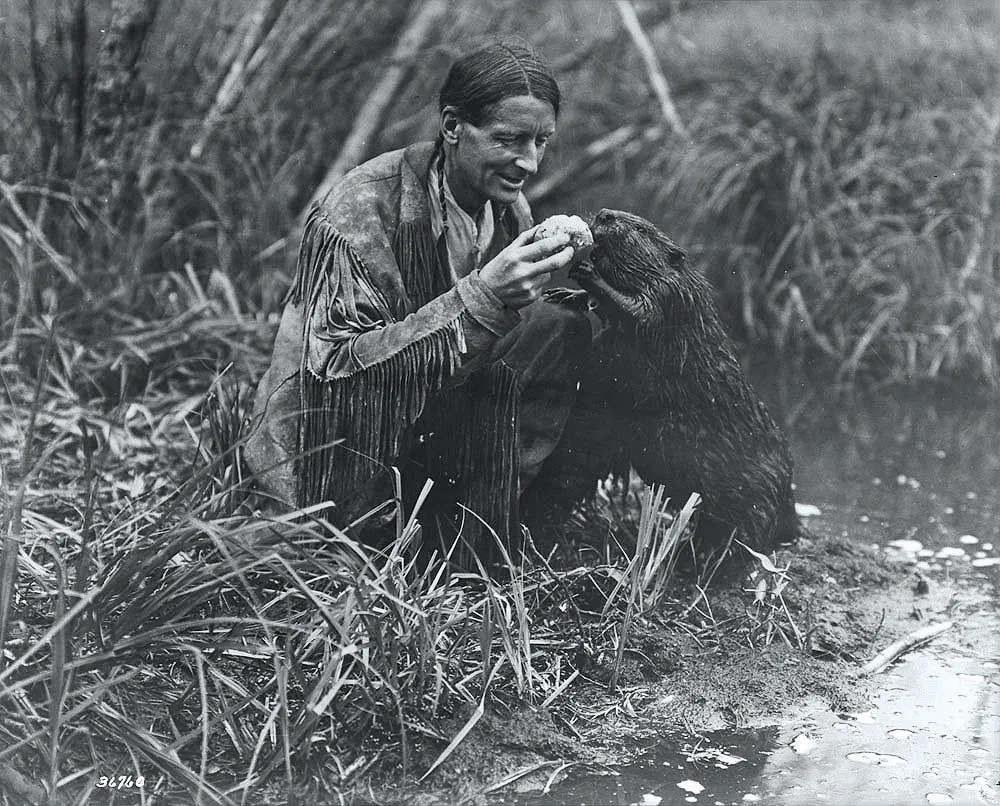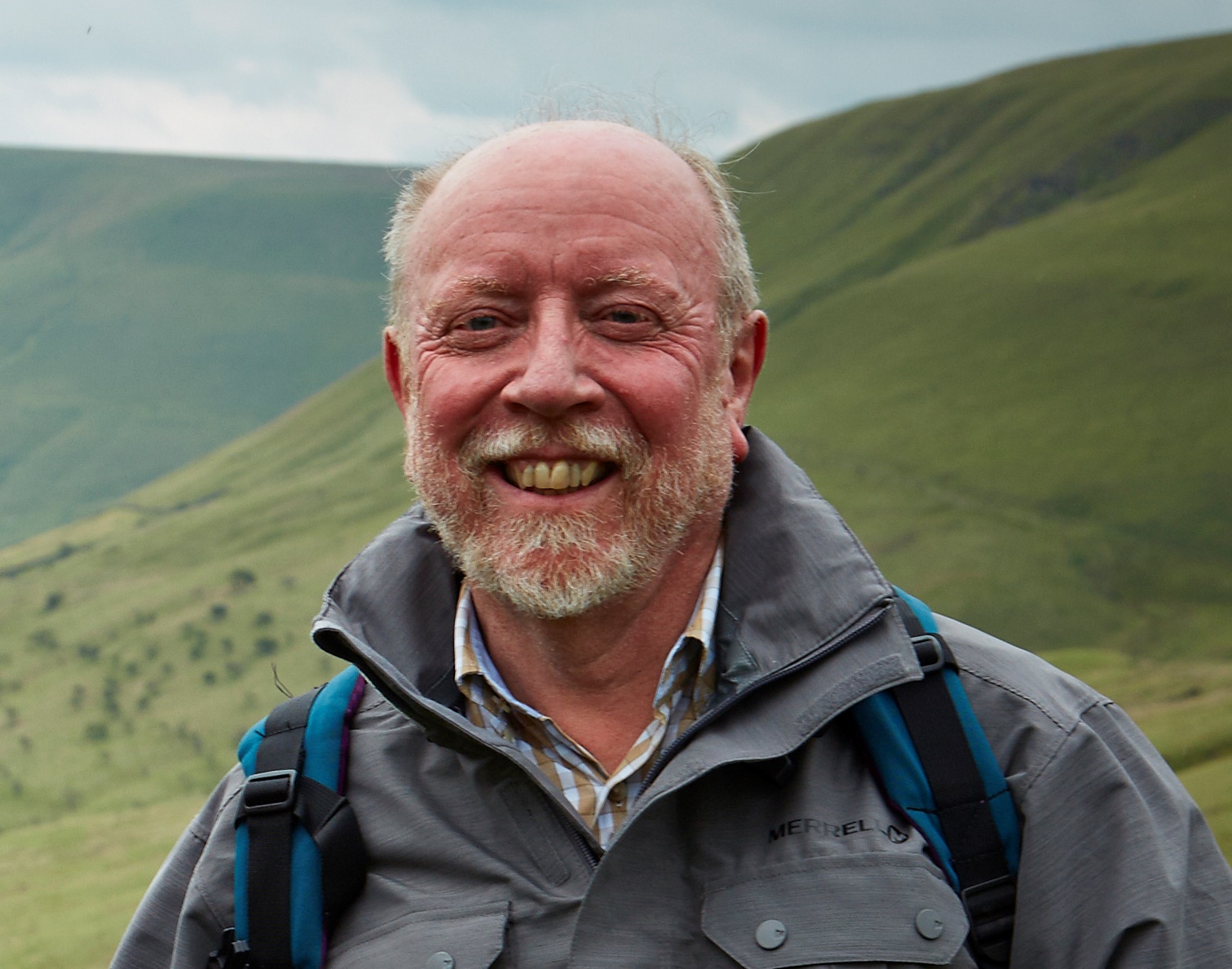Number 26 St James Road in the Sussex seaside town of Hastings is an unremarkable terraced house with the distinction of a blue plaque high on its stuccoed wall. It reads:
Grey Owl: Author Conservationist
Born in this house, 18 September, 1888
In smaller type is the name Archibald Stansfield Belaney, the true identity of a man who was so fascinated with the ways of the Canadian Indians that he convinced himself – and the rest of the world – that he was one of them.
In the 1930s, Grey Owl was one of the world’s most famous conservationists. His books sold by the million, and he lectured to sell-out audiences.
Archie Belaney was raised by two maiden aunts in Hastings after his father abandoned his family and fled to America. Young Archie became fascinated by wildlife and by Native Americans, dreaming up stories of his father as a frontiersman and his mother as an Apache squaw.
In 1906 at the age of 17, he sailed to Canada where he became adopted by the Ojibwa people of Quebec, eventually marrying one. Like father like son, Archie abandoned his wife and fled to the tiny lumbering town of Bisco in the wilds of Ontario, where he worked a forest ranger, trapper and guide.
Rise of grey owl
He met his second wife Ivy while he was convalescing in Hastings after an injury sustained during his service in the First World War. But the call of the wild drew Archie, and he abandoned Ivy to return to Ontario where he eventually married an Iroquois woman named Gertrude, whom he renamed Anahareo. It was Anahareo who encouraged Archie to write about his experiences, initially for the English magazine Country Life and later in a series of best-selling books.
With his proud, aquiline features, steely eyes, waist-length plaited jet-black hair and buckskin clothing, Archie looked every inch a First Nation warrior. He apparently coined the name Grey Owl because of his ability to imitate the hoot of an owl.

His writing led to his appointment in 1931 as a conservation officer with the Canadian National Parks Service, and he shared a tiny log cabin on Ajawaan Lake, Saskatchewan, with Anahareo and a pet beaver named Jelly Roll. It was largely through the influence of Anahareo that he became an ardent conservationist and champion for the preservation of the wildlife of the native forests of Canada. Archie campaigned for a ban on the trapping of beavers, which he saw as a symbol of the disappearing Canadian wilderness in the face of rampant consumerism. His abiding philosophy was: “Remember you belong to Nature, not it to you.”
Decline and fall
Through his wildlife books and films, Grey Owl quickly became a star on the international celebrity lecture circuit, especially in Britain, where he was hailed as ‘the Modern Hiawatha’. But the price of fame and constant touring took its toll on Archie, and he died of alcohol-related pneumonia at the age of 49 in 1938, hailed by Toronto’s Globe and Mail as “the most famous of Canadian Indians.”
That would be the end of the story had not an Ontario newspaper, the North Bay Nugget, revealed just after his death that Grey Owl was in fact an Englishman, and his life posing as an Indian was a complete fabrication. It destroyed Archie’s reputation and his work as a pioneering conservationist was universally denigrated.
But his tarnished standing has been revived through the opinions of some environmentalists such as Ray Mears. Mears said: “Even today, no popular naturalist has been able to enthral an audience while also explaining the negative impact of human society on wild lands in the way that he did.”
Roly Smith is an outdoors writer and keen walker known as ‘Mr Peak District’
Main image: Topfoto
